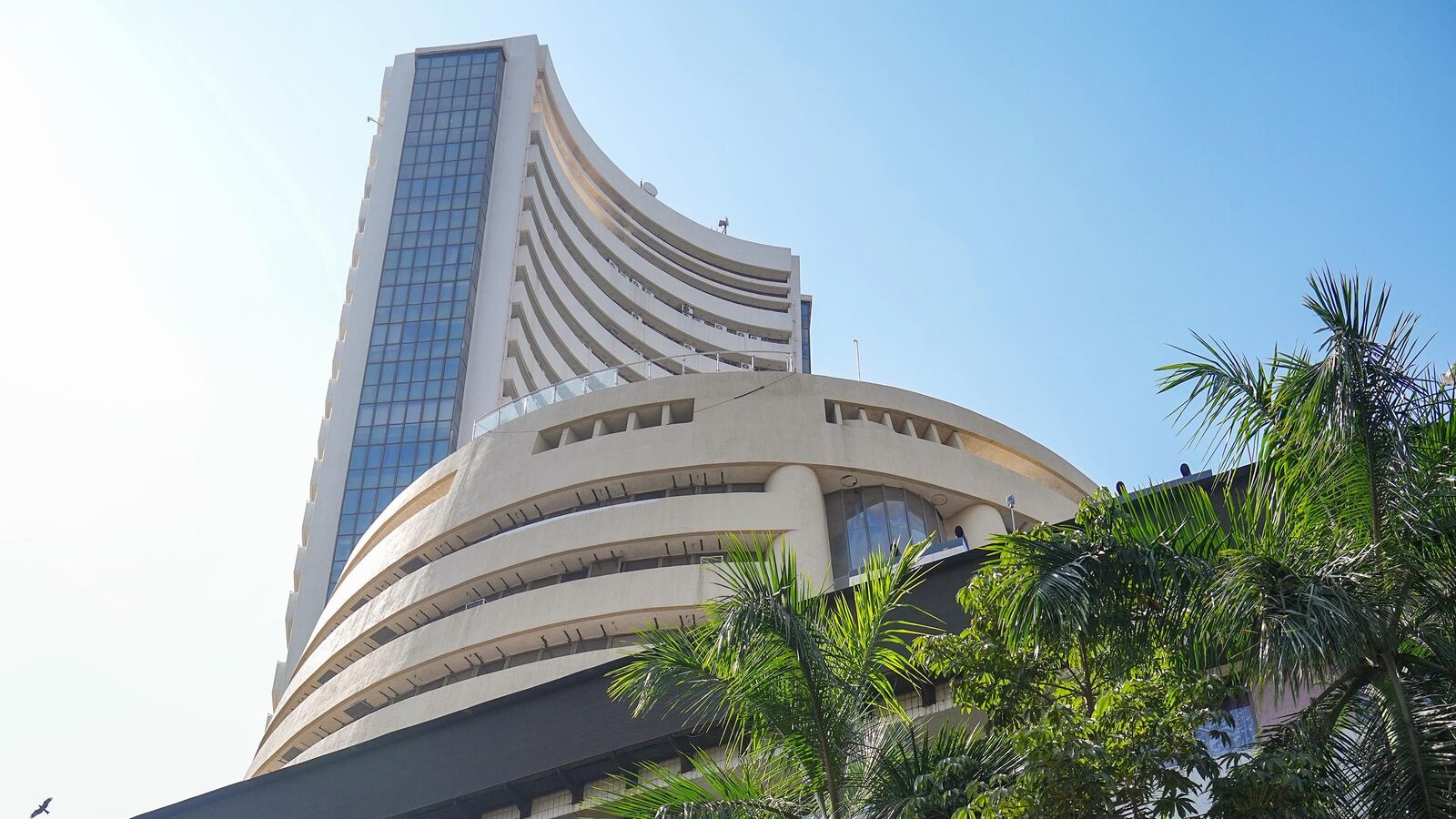Global brokerage firm Morgan Stanley has made significant revisions to its forecast for the BSE Sensex, lowering its target from 93,000 to 82,000. This adjustment reflects an anticipated upside potential of 9% by December 2025. Analysts Ridham Desai and Nayant Parekh observed a weakening correlation between India’s stock market performance and global equities, which currently falls below historical norms. As global markets face challenges, India is still managing to outperform, even as the Sensex has dipped to multi-month lows.
Revised Earnings Estimates and Sector Strategy
In their latest report, Morgan Stanley slashed its earnings projections by 13%, resulting in a 12% decrease in the new Sensex target. The firm has also adjusted its sector model portfolio, reducing active positions significantly from 180 basis points to 80 basis points. This shift signals a transition from a macro-driven market to one where selecting the right stocks will be crucial.
- Overweight Positions: Financials, consumer cyclicals, and industrials
- Underweight Positions: Energy, materials, utilities, and healthcare
- Capitalization Strategy: The firm is moving away from favoring small and mid-cap stocks in light of recent market developments.
Market Reaction to Global Events
On Tuesday, the Sensex enjoyed a surge, bouncing back in response to U.S. President Donald Trump’s hints at possible tariff exemptions. This boost allowed the index to recover losses sustained since earlier tariff announcements, surpassing its previous closing level of 76,617.44 from April 2.
Factors Supporting the New Target
Morgan Stanley’s base case suggests the Sensex will achieve 82,000, relying on India’s economic stability, fiscal discipline, and increased private investment. Additional assumptions include:
- Strong domestic economic growth
- Moderate growth in the U.S. without slipping into recession
- Stable oil prices
The report notes, “In our base case, we also assume that the bulk of the tariff news is out. A reduction in short-term interest rates alongside a positive liquidity environment is also anticipated.”
Bullish and Bearish Scenarios
In a more optimistic scenario, Morgan Stanley projects a target of 91,000 for the Sensex, although this is down from an earlier estimate of 105,000. This scenario, with a 30% likelihood, hinges on the government surpassing reform expectations, including possible GST rate cuts and advancements in agricultural legislation. On the flip side, if crude oil prices were to soar above $100 per barrel, it could lead the RBI to tighten monetary policy, resulting in a bearish outlook where the Sensex might plummet to 63,000 with a 20% probability.
Strategic Insights for Investors
Morgan Stanley emphasizes that India’s low beta is playing a pivotal role in its resilience during global market downturns. Key factors supporting India’s performance include:
- Ongoing support from the RBI
- Stimulus measures like GST rate reductions
- Potential trade agreements with the U.S.
- Upcoming growth data
Overall, investors should remain vigilant as they navigate through a challenging global landscape while keeping an eye on domestic growth indicators.











